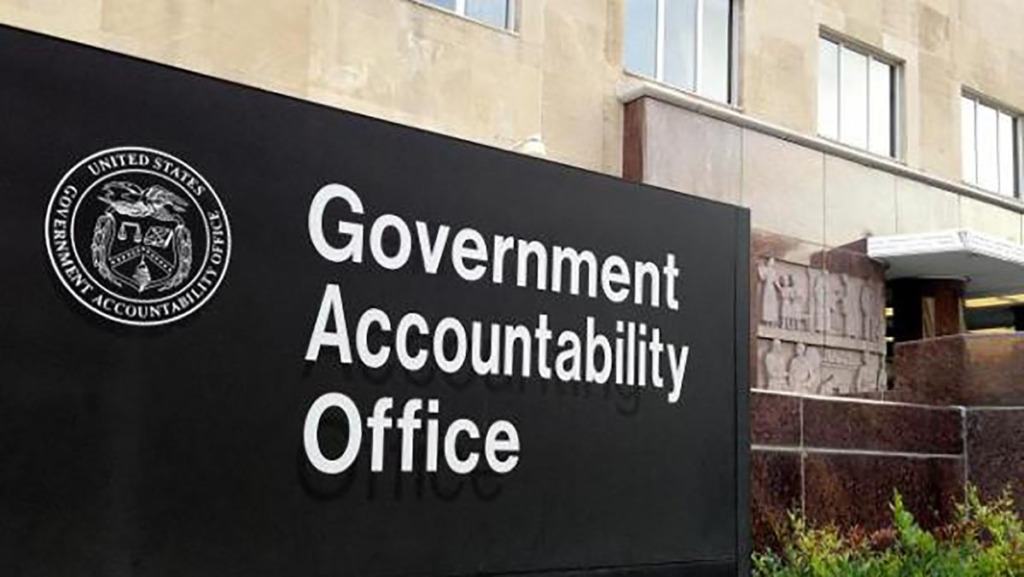By Robert Nichols, Michael Bhargava, and Madison Plummer
The U.S. Government Accountability Office (“GAO”) released its bid protest statistics for FY2022 in its Annual Report to Congress on November 1, 2022. As discussed in our briefing paper, Should We Protest?, data-driven analyses of bid protests do not tell the full story, but they do provide insight into interesting trends that illustrate the efficacy of the procurement process at large. We digested the stats from the last few years and noticed several notable trends.
GAO reported a continuing increase in the “effectiveness rate” of protests—that is, where protestors identified errors that warranted “corrective action.” For pre-award protests, corrective action may mean reshaping the solicitation to level the playing field. For post-award protests, corrective action may mean that the agency must reevaluate offers or allow further proposal revisions.
The effectiveness rate 20 years ago hovered around 33 percent and remained in the low- to mid-40 percent range for the last 15 years. For the past three years, however, it has averaged 50 percent, and the rate was 51 percent last year. In other words, at least half of the protests filed resulted in reshaping the solicitation or obtaining “another bite at the apple” in a competition.
This increased effectiveness rate is not because GAO has sustained more protests. Quite the opposite. GAO’s protest sustain rate fell to 13 percent last year, down from 23 percent in FY2016. Rather, agencies are taking more voluntary corrective action when they see merit to a protest.
Of course, these statistics go only to GAO bid protests. A protester with a clear winning argument may save money and ruffle fewer feathers at the agency by filing an agency-level protest under FAR 33.103. Or a protester with a strong argument and an intransigent agency may find greater success at the Court of Federal Claims, which often can be more scrutinizing and less deferential to agencies than GAO. See Nichols Law Wins Back-to-Back COFC Protests, Which Includes “Reversing” a GAO Decision, Feb. 8, 2022. In our experience, a well-founded protest in any forum can achieve voluntary corrective action 80 percent of the time or more.
The increased use of agency and court protests may be part of the reason that the number of GAO protests has dropped in recent years. Protestors filed only 1,658 cases at GAO last year (1,595 protests, 43 cost claims, and 20 requests for reconsideration). This total number is down 13 percent since last year and down 41 percent from a high of 2,789 cases filed in FY2016. Indeed, offerors have not filed so few cases since 2008.
Nichols Law has litigated hundreds of bid protests at GAO, the Court of Federal Claims, and at the agency level. Should you have questions about the protest process or need assistance filing a protest, please contact the authors of this article or the Nichols Law attorney with whom you regularly work.


